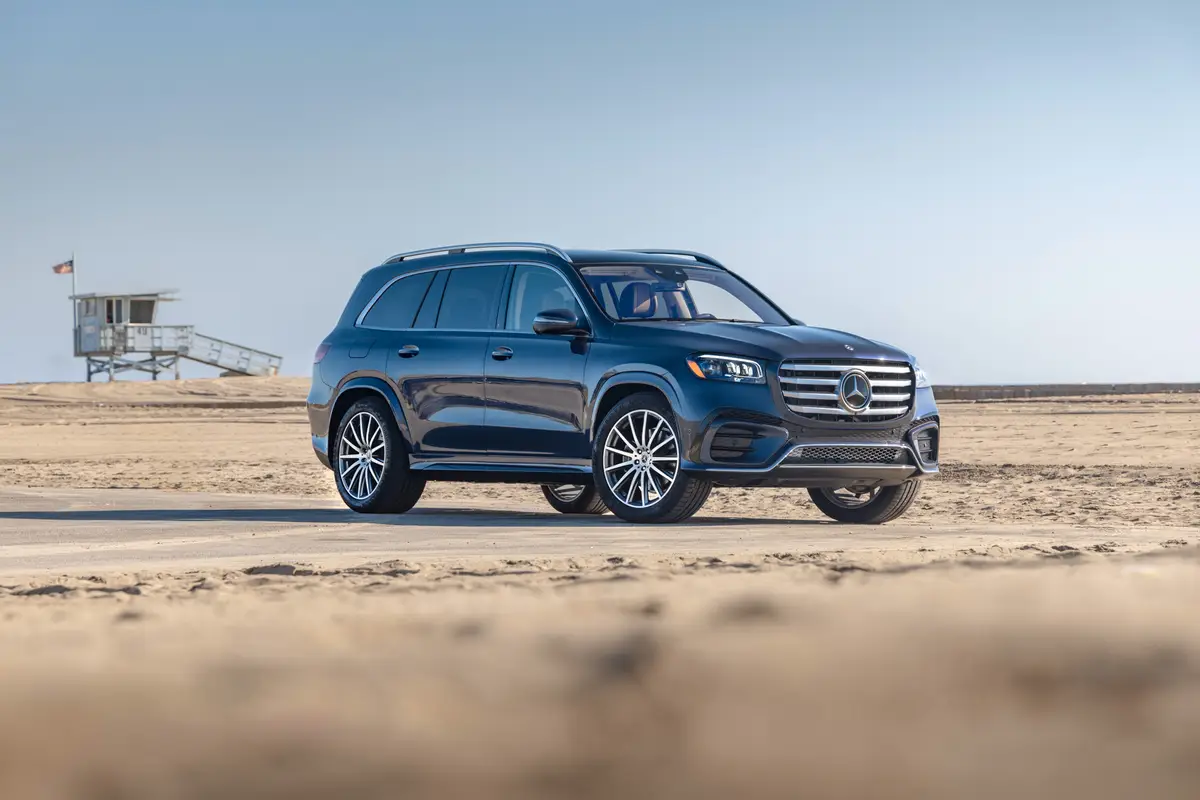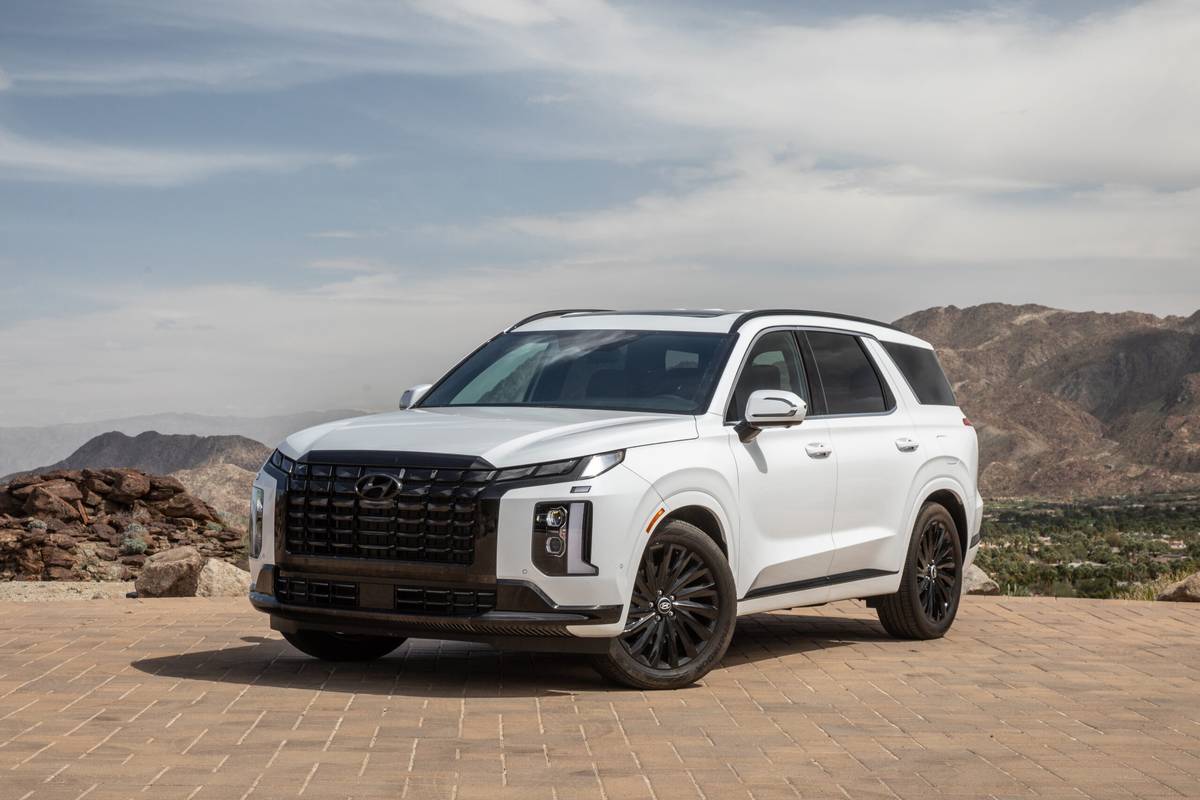AZCentral.com's view
Named for Saab’s real-life top gun, the Viggen jet fighter, the performance versions of the 2000 9-3 are now available across the board, as coupe, hatchback sedan and convertible.
Wringing 230 horsepower out of a 2.3-liter turbocharged four, and equipped with aerodynamic enhancements and a special interior design, the Viggen compacts set out to dogfight with the likes of BMW’s M3 and Audi’s S4.
But in pumping all that power through the front wheels, Saab seems to be begging the question, “How much is too much?”
Getting off to a quick start can be a pitched battle of shrieking tires and fierce throttle steer. A judicious feathering of the gas pedal is required throughout first gear, not really what’s desired in a performance car.
But then, Saabs have always been, uh, unique expressions of automotive design with lots of appeal to individualistic drivers, even after General Motors took over the Swedish automaker. Yes, GM owns Saab, and Ford owns Volvo. What a world.
In recent years, Saab has moved closer to the mainstream, and made sales gains as a result. Last year marked the sixth year of growth for Saab, with 1999’s tally of 39,541 cars sold in the United States a 28.6 percent increase over 1998.
The Saab convertible has been one of the keys to Saab’s success, a desirable “halo” car that enhances the overall line. A tight, all-weather top and stiff body structure makes it as livable and drivable as the coupe.
The Viggen version of the 9-3 puts the performance chip in the dip. Saab works hard at making the jet-fighter link, even endowing the Viggen models with an emblem meant to evoke the delta-wing design of the aircraft.
Plus, everyone who buys one of the high-performance models gets to attend Viggen Flight Academy, a two-day performance-driving course.
The Viggen is fast and fun, but, as mentioned, putting all that horsepower through the front wheels has its drawbacks. Unlike the 900 Turbo, which was saddled with turbo lag, the strong little engine in the Viggen pumps out the torque right from the get go, due to a larger turbo and electronic management system.
All well and good, and appreciated once under way, but starting off can be problematic. After driving the 9-3 for several days, I became more attuned to getting off the line smoothly, but I always felt compromised in the acceleration department.
Otherwise, the convertible was a joy to drive, top up or down. The mild weather gave me plenty of opportunity to enjoy open air.
Handling is first-rate, with a good, responsive feel to the steering and suspension. The shifting is somewhat vague, though less so than the old 900.
The interior in the test car was very black, too austere for this fun ragtop. Also, the buttons and switches for the stereo and climate control are small and fussy.
The price tag on the Viggen is significant, though it does come standard with a full boat of options and features, and a full array of safety equipment.
2000 Saab 9-3
Vehicle type: Four-passenger, two-door convertible, front-wheel drive.
Base price: $44,995.
Price as tested: $45,920.
Engine: 2.3-liter in-line-4, 230 hp at 5,500 rpm, 258 lb.-ft. of torque at 4,500 rpm.
Transmission: 5-speed manual.
Curb weight: 3,220 pounds.
Wheelbase: 102.6 inches.
EPA mileage: 20 city, 29 highway.
Highs: Performance tweaks. Solid ride, handling. Tight, well-tailored top.
Lows: Front-tire shrieking. Vague shifting. High price tag.
Latest news



